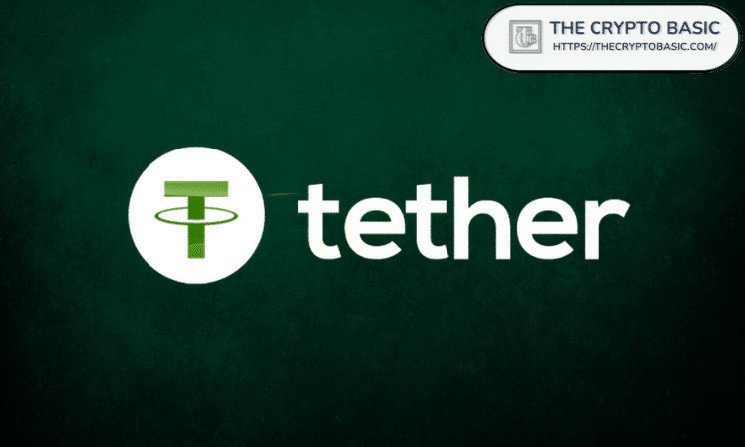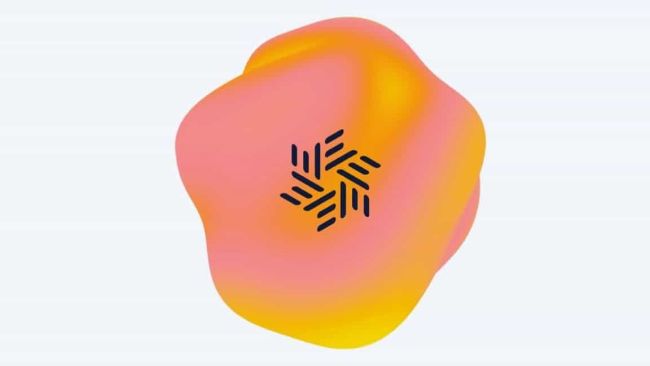Tether’s CEO, Paolo Ardoino, has insisted that USDT on Bitcoin Lightning remains the best amid plans to integrate the stablecoin on the network.
Ardoino views USDT’s availability on the Bitcoin network as a return to its natural habitat, sharing a brief history between the duo. Furthermore, he stressed why Bitcoin Lightning is the best for USDT large-scale transactions, highlighting its strength over other blockchains.
USDT Soon Coming to the Bitcoin Lightning Network
In an interview with Scott Melker, the Wolf of All Streets host, he confirmed that the Tether stablecoin will soon become available on the Bitcoin network through its layer 2 Lightning network. Notably, he mentioned USDT’s roots from the chain, stating that the stablecoin issuers built its protocol as an Omni-layer on the Bitcoin network.
However, the issuer has expanded beyond the network, stopping USDT’s issuance on Omni, the chain where it minted its first USDT, due to low demand. Nonetheless, the stablecoin would soon return to the Bitcoin network with the teased integration.
Meanwhile, the statement follows an initial January 30 announcement of the collaboration. The Crypto Basic reported that the Lightning Lab announced a partnership with Tether to integrate USDT on the blockchain powered by Taproot Assets.
Ardoino Highlights Lightning’s Advantage Over Other Layer 2s
Ardoino noted that Bitcoin Lightning is the best place to conduct large-scale transactions using the USDT token. He cited reasons such as single-share state and limited network validators as major setbacks of other L2s compared with Lightning.
For context, he stated that some layer 2 networks, especially on Ethereum, have few or no validators on the chain, making transactions difficult. However, the peer-to-peer Bitcoin Lightning uses nodes to process transactions, making them readily available.
Additionally, the Tether CEO emphasized the decentralized nature of Bitcoin Lightning compared to other chains.
Since the network leverages payment channels to make on-chain and off-chain transactions, users of an existing channel can maintain anonymity, unlike Ethereum L2’s single-share state, where every validator has access to all individual data on the blockchain.
Meanwhile, Melker noted that all other innovations built on other chains are slowly returning to Bitcoin. This narrative is seen with Cardano EMURGO’s collaboration to allow Bitcoin network users access to decentralized finance (DeFi) and smart contract features through the BOS Grail bridge.















Leave a Reply